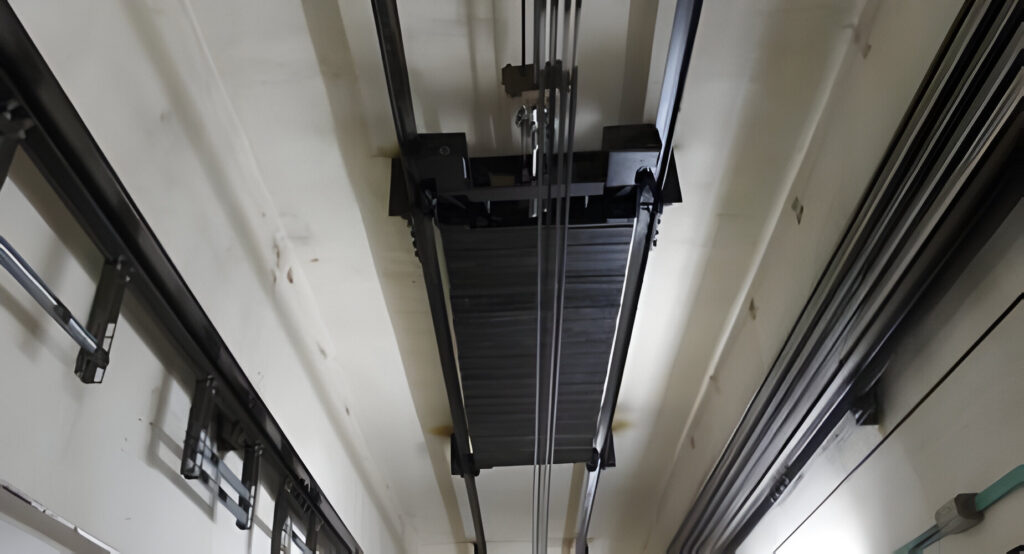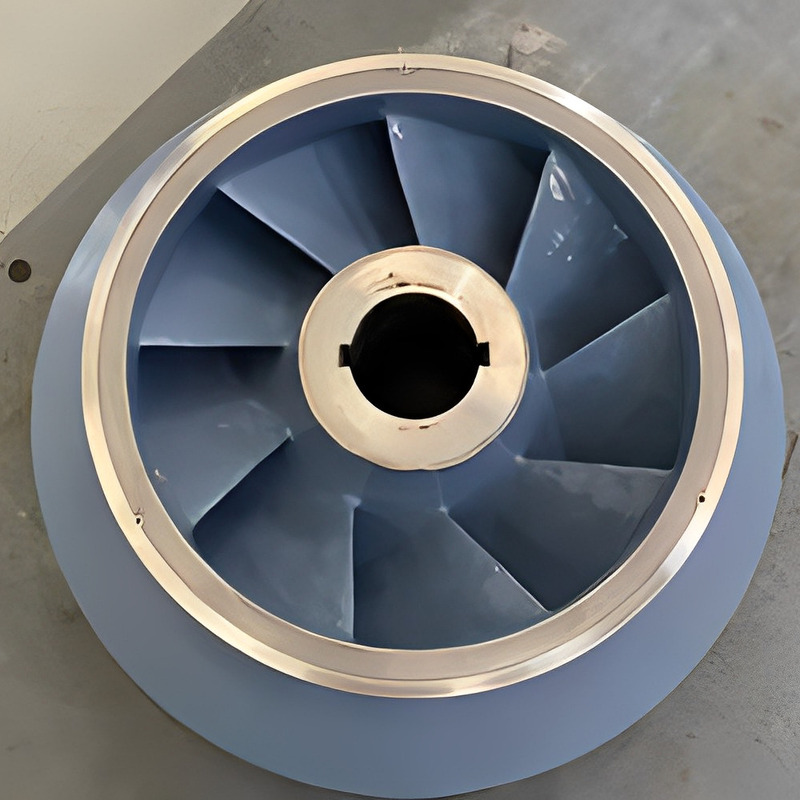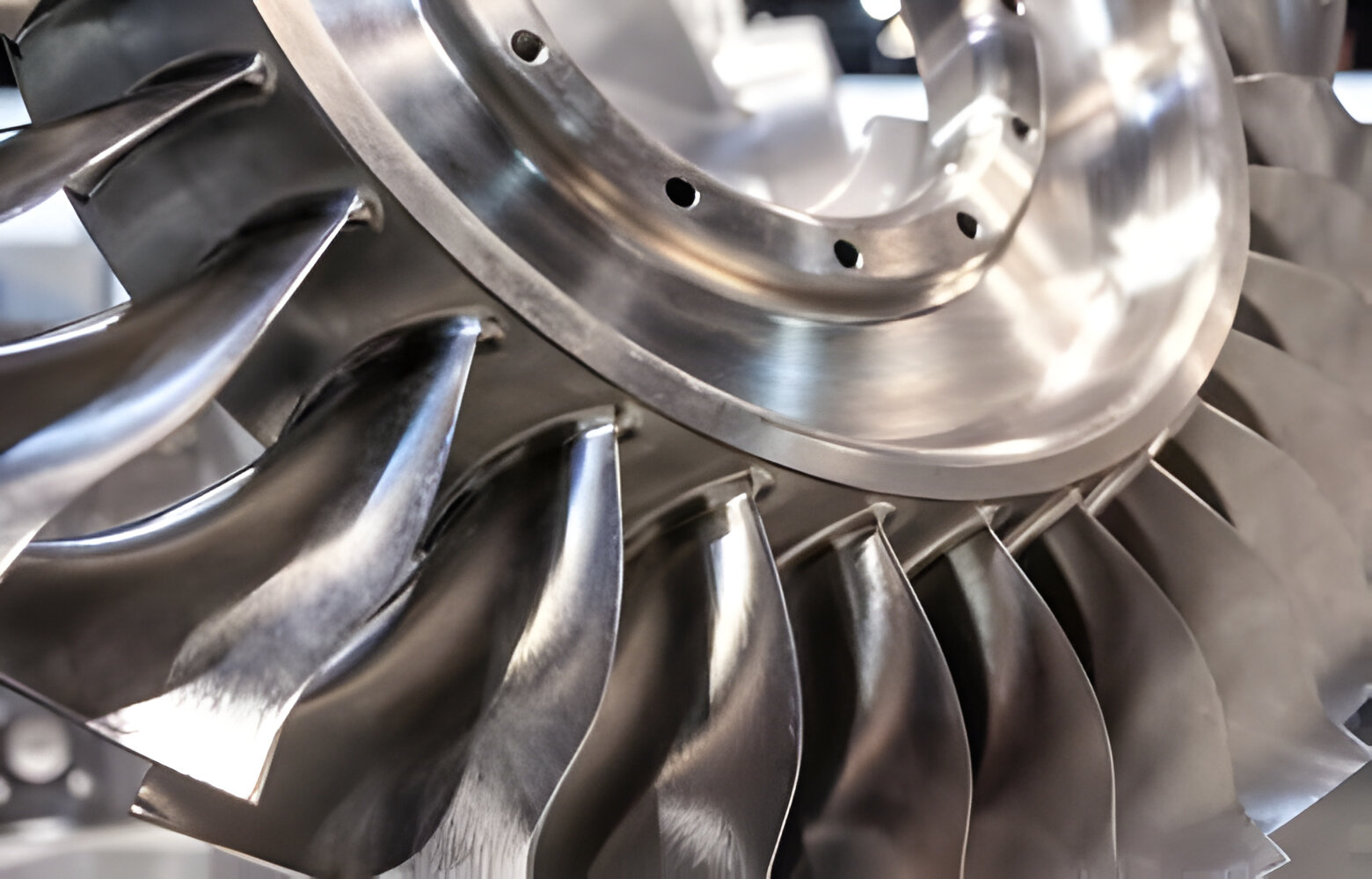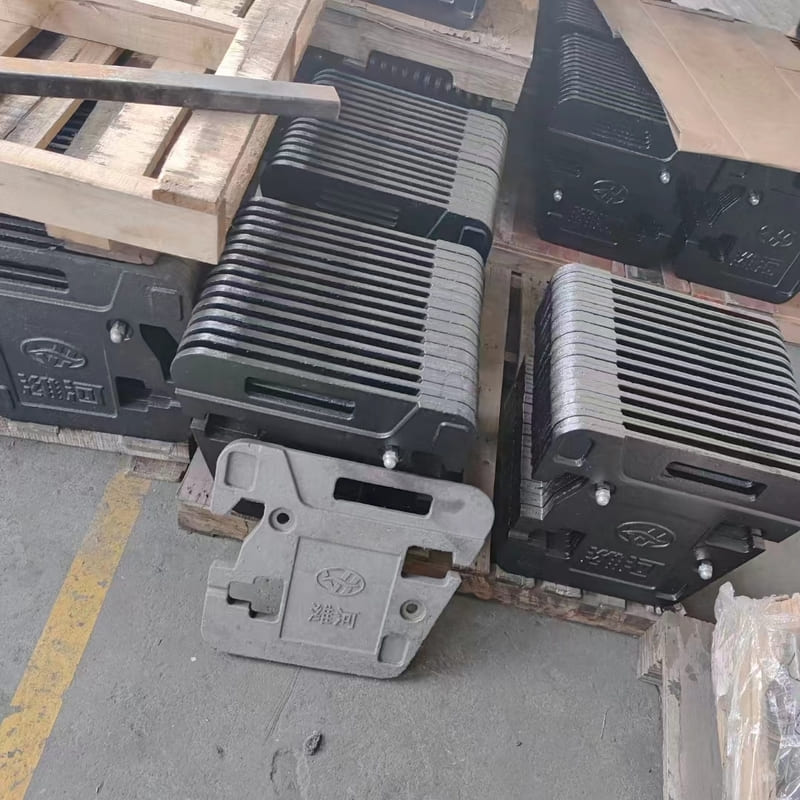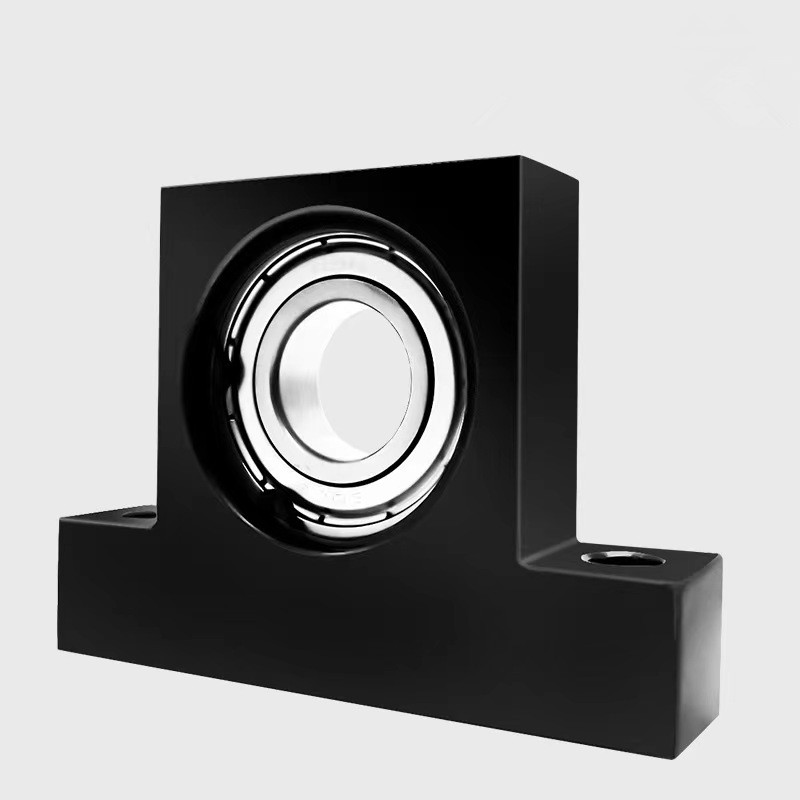In the realm of elevator engineering, one often hears discussions about the counterweight's mass and its significance in ensuring smooth vertical transportation. But what exactly does this entail, and why is it crucial for elevator systems? In this article, we unravel the mysteries behind the counterweight's mass in elevator systems, exploring its role, considerations, and how it impacts elevator performance.
1. Understanding the Importance of Counterweight Mass in Elevators
The counterweight's mass in elevator systems is pivotal for maintaining equilibrium and efficiency during operation. Positioned on the opposite end of the elevator shaft, the counterweight serves to balance the weight of the elevator car and its occupants. This balancing act ensures that the elevator operates smoothly, minimizes strain on the motor, and reduces energy consumption. The mass of the counterweight is carefully calculated to achieve optimal balance, taking into account factors such as the maximum capacity of the elevator, the weight of the car itself, and the typical load it carries.
2. Factors Influencing Counterweight Mass in Elevator Design
Several factors influence the determination of the counterweight's mass in elevator design:
- Elevator Capacity: The counterweight's mass must be sufficient to offset the weight of the elevator car when fully loaded. Design engineers calculate the maximum capacity of the elevator and adjust the counterweight's mass accordingly to ensure proper balance and stability.
- Building Height: The height of the building also plays a role in determining the counterweight's mass. In taller buildings, where the elevator travels longer distances, a heavier counterweight may be required to counteract the gravitational forces and maintain equilibrium.
- Safety Considerations: Safety is paramount in elevator design, and the counterweight's mass is carefully calculated to prevent imbalances or malfunctions that could pose risks to passengers and property. Design engineers adhere to strict safety standards and regulations to ensure the counterweight's mass meets the necessary requirements for safe operation.
3. Elevating Elevator Performance with Precision Counterweight Solutions
Achieving optimal elevator performance requires precision engineering and quality components, including counterweights. At KT-Foundry, we specialize in manufacturing top-quality counterweights that meet the highest industry standards. Our counterweights are meticulously crafted from premium materials and undergo rigorous testing to ensure optimal performance and reliability. Whether you're designing a new elevator system or upgrading an existing one, our range of counterweights offers unmatched durability, precision, and efficiency.
In conclusion, the counterweight's mass is a critical factor in the design and operation of elevator systems. By carefully calculating and optimizing the counterweight's mass, engineers can ensure smooth vertical transportation, minimize energy consumption, and enhance passenger safety. For businesses or individuals seeking top-quality elevator components, KT-Foundry offers precision-engineered counterweights designed to meet the unique requirements of different elevator systems. Contact us today to learn more about our products and how we can help elevate your elevator solutions.

